Discover Dyde House, a lesser known Arthur Erickson gem
Dyde House by modernist architect Arthur Erickson is celebrated in a new film, premiered in Canada
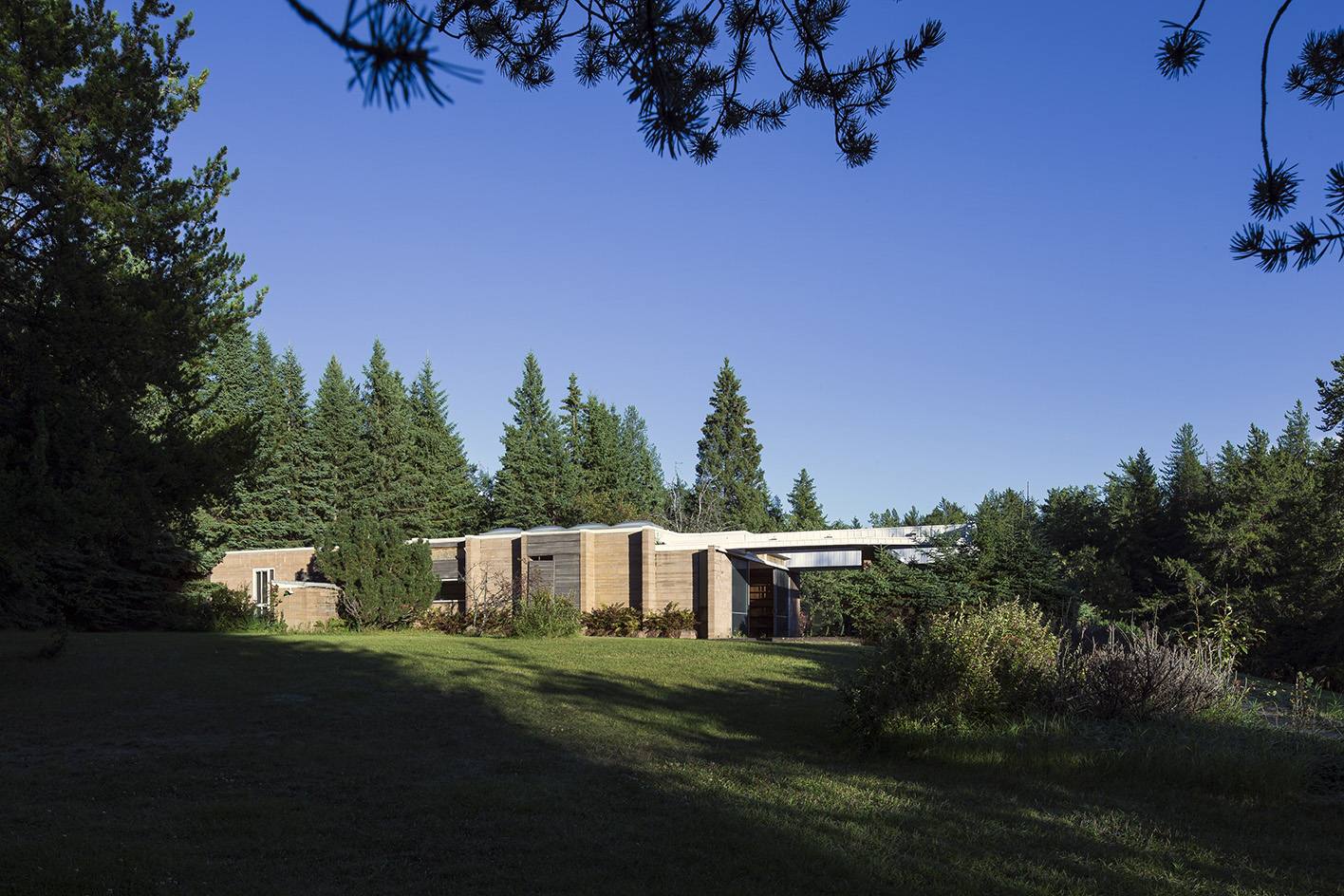
A new film about the rediscovery of Dyde House, a 'hidden' Arthur Erickson home, reveals a quiet masterpiece comprising premonitory elements of the renowned Canadian architect’s future work – such as the show-stopping Eppich House. After a sold-out screening at ADFF:Vancouver, Arthur Erickson’s Dyde House has been programmed by the Vancouver International Film Festival (VIFF) for six more screenings in the city in December 2023, and will be coming to the ADFF Winnipeg in March 2024.
Dyde House: watch the trailer
Dyde House: the history
Erickson’s third residential design, conceived in 1960, shortly before his career-changing commission to create Simon Fraser University, sits on 50 acres of pristine aspen parkland outside of Edmonton. The land and the surrounding 190 acres were purchased in 1958 by Henry Alexander Dyde, a war hero and lawyer, and his wife Bobby, a great patron of the arts. The couple donated 80 acres of the land to the University of Alberta to establish the Devonian Botanic Garden, which opened in 1959. A year later, on the recommendation of their painter friend Lilias Torrance Newton in Montreal, they hired the relatively unknown Erickson, then in his mid-thirties, to design their summer home on the property.
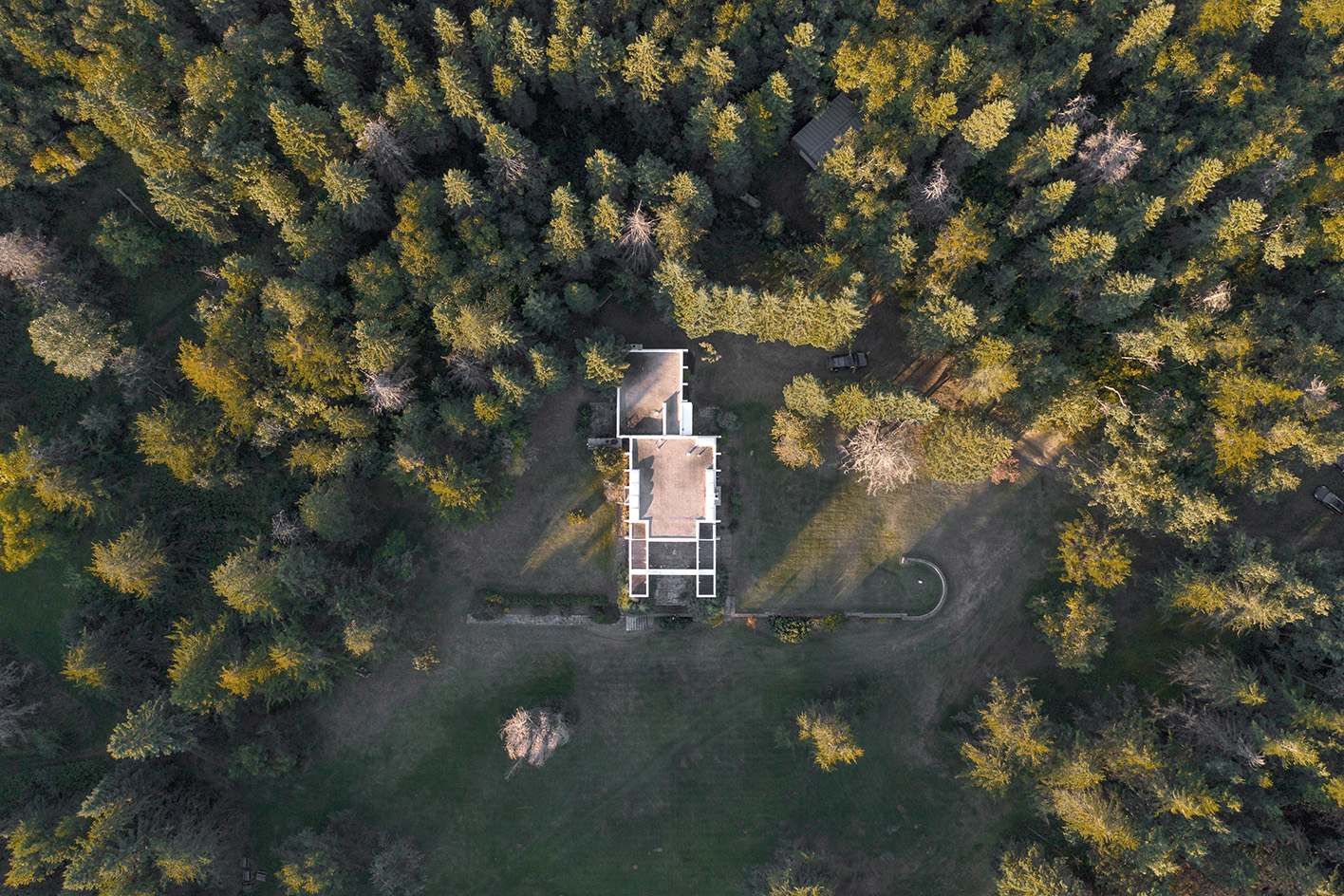
The result was an exquisite modernist architecture gem, that both celebrates and elevates the surrounding landscape. With elements of Frank Lloyd Wright and Ludwig Mies van der Rohe, the house also boasts distinctively Ericksonian moves, from the dramatic flying beams to the use of skylights to define the interior space. At once grounded in and levitating off the land, the simple structure is a device for drinking in the wilderness. The Vancouver architect's only house built on the prairie recalls later elements of Erickson’s University of Lethbridge as well as SFU and other public projects.
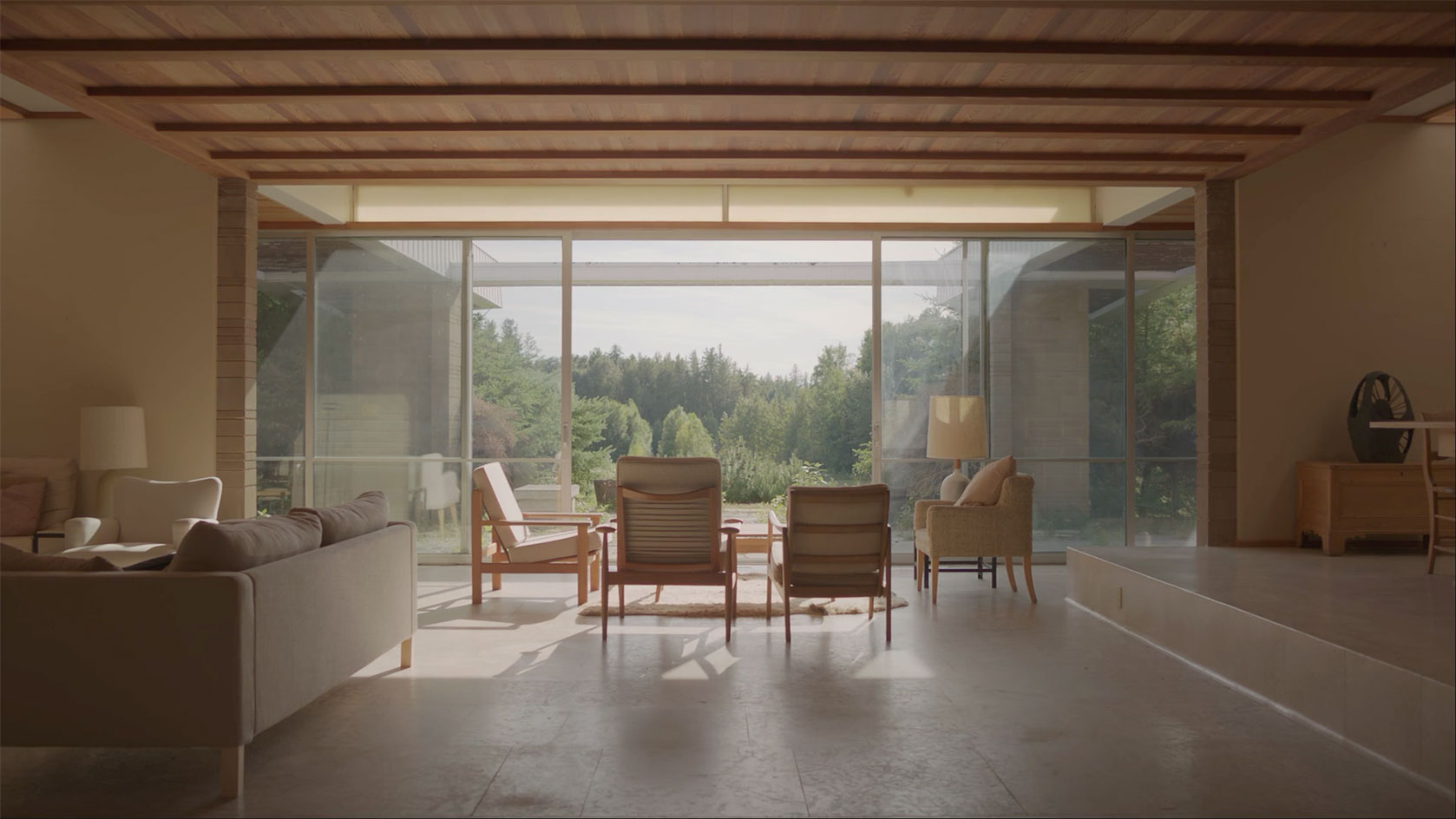
Due to the private nature of the couple, who entertained a who’s who of Canadian politicians and culturati in their prairie home, from Prime Minister Lester B Pearson to the painter AY Jackson, this crucible for Canadiana remained largely unseen. Its remote location and summer-only usage (it was uninsulated and originally featured a rustic outhouse) meant that rumours of its demise were often greatly exaggerated.
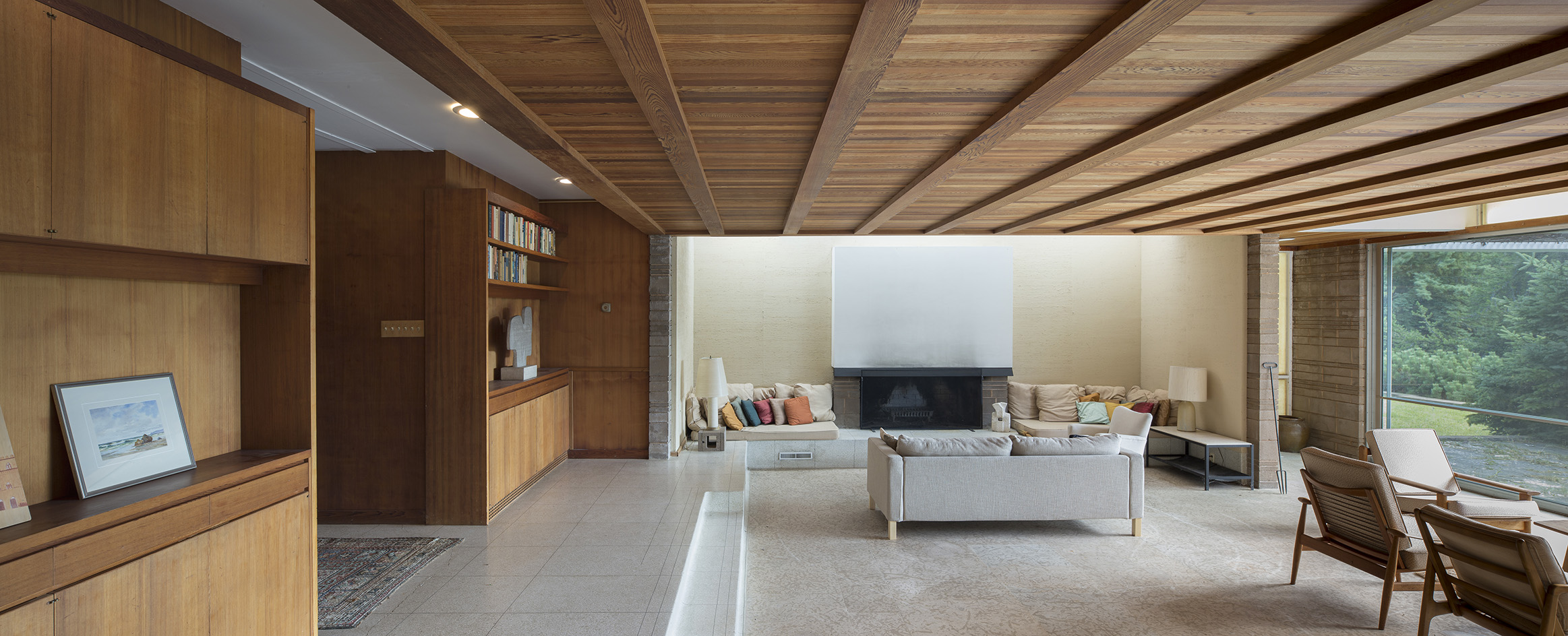
Then, when the Dydes' heirs donated the house to the University of Alberta in 2016, it was rediscovered by a whole new generation, including Edmontonian film production company Sticks and Stones. Its director Colin Waugh and screenwriters Max Amerongen and Jordan Bloemen – the last doubling as composer of an excellent score – orchestrated the creation of this film.
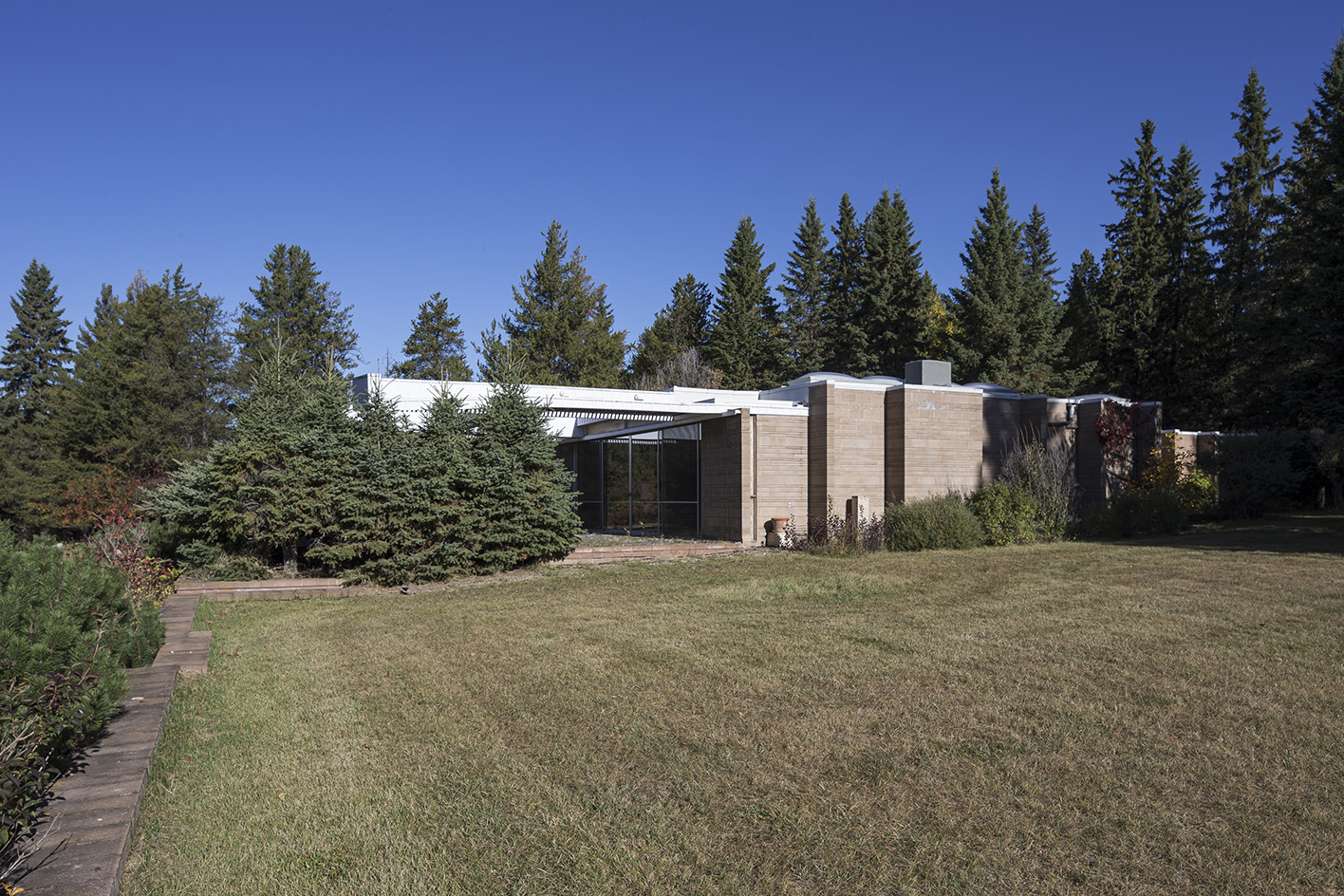
Making use of precious archival footage of Erickson’s travels to India and Japan, the film also reveals how the architect was inspired by the essence of the East, bringing his influences to the landscape of the West, and successfully explores the relationship between his public buildings and private residential commissions.
While the future of the Dyde House remains open to suggestions – one of which is as a writer’s residency – donations towards its preservation can be made via the University of Alberta. As Erickson’s former colleague Barry Johns, who appears in the film, said in 2016: 'It’s a treasure that’s just been discovered. If it were properly restored, it could become a pilgrimage location for architects from all over the world.'
Receive our daily digest of inspiration, escapism and design stories from around the world direct to your inbox.
-
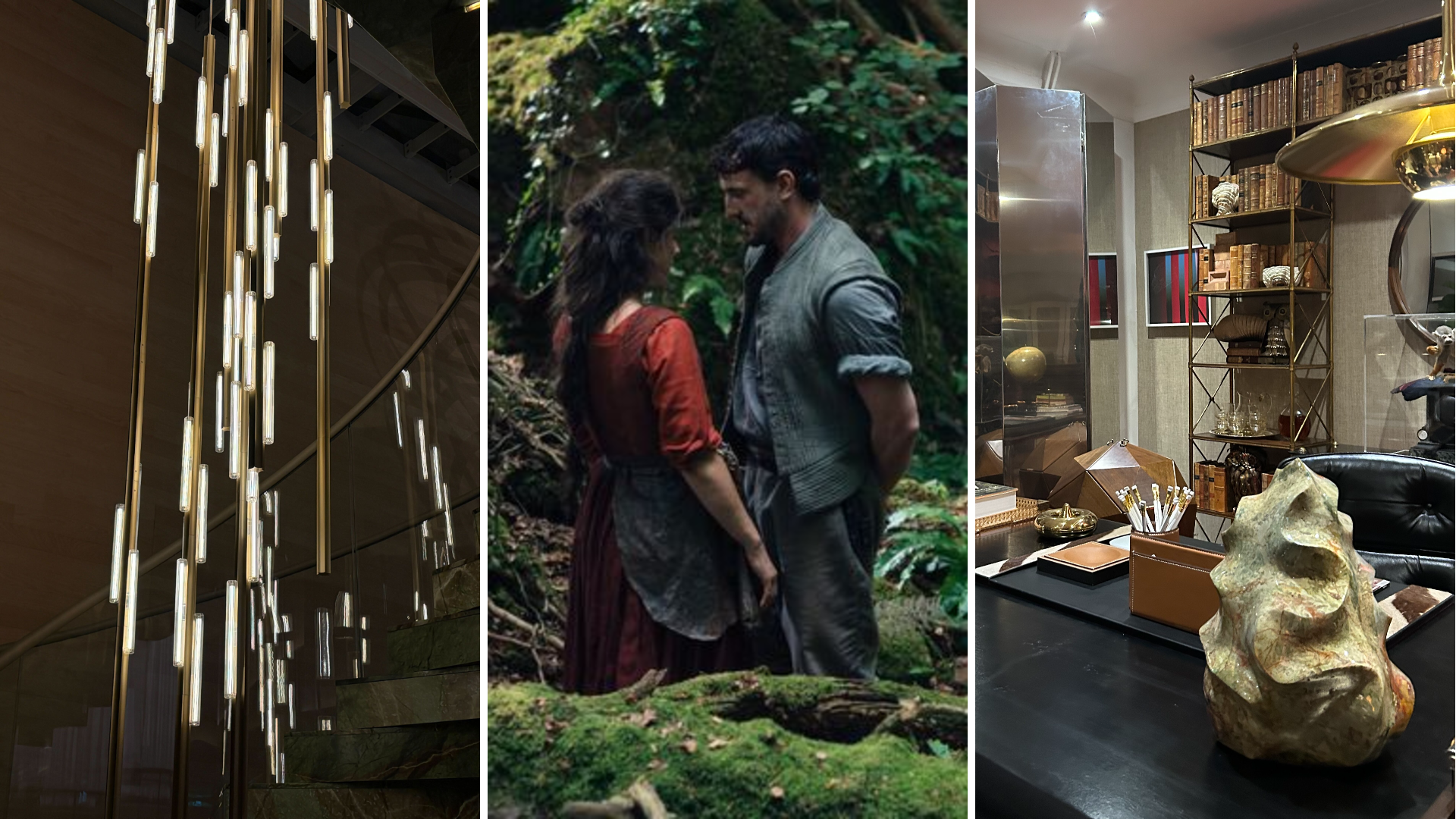 Out of office: The Wallpaper* editors’ picks of the week
Out of office: The Wallpaper* editors’ picks of the weekFar from slowing down for the festive season, the Wallpaper* team is in full swing, hopping from events to openings this week. But when your job is chasing the pulse of culture, work can feel like play – and we also had time for some festive cocktails and cinematic releases
-
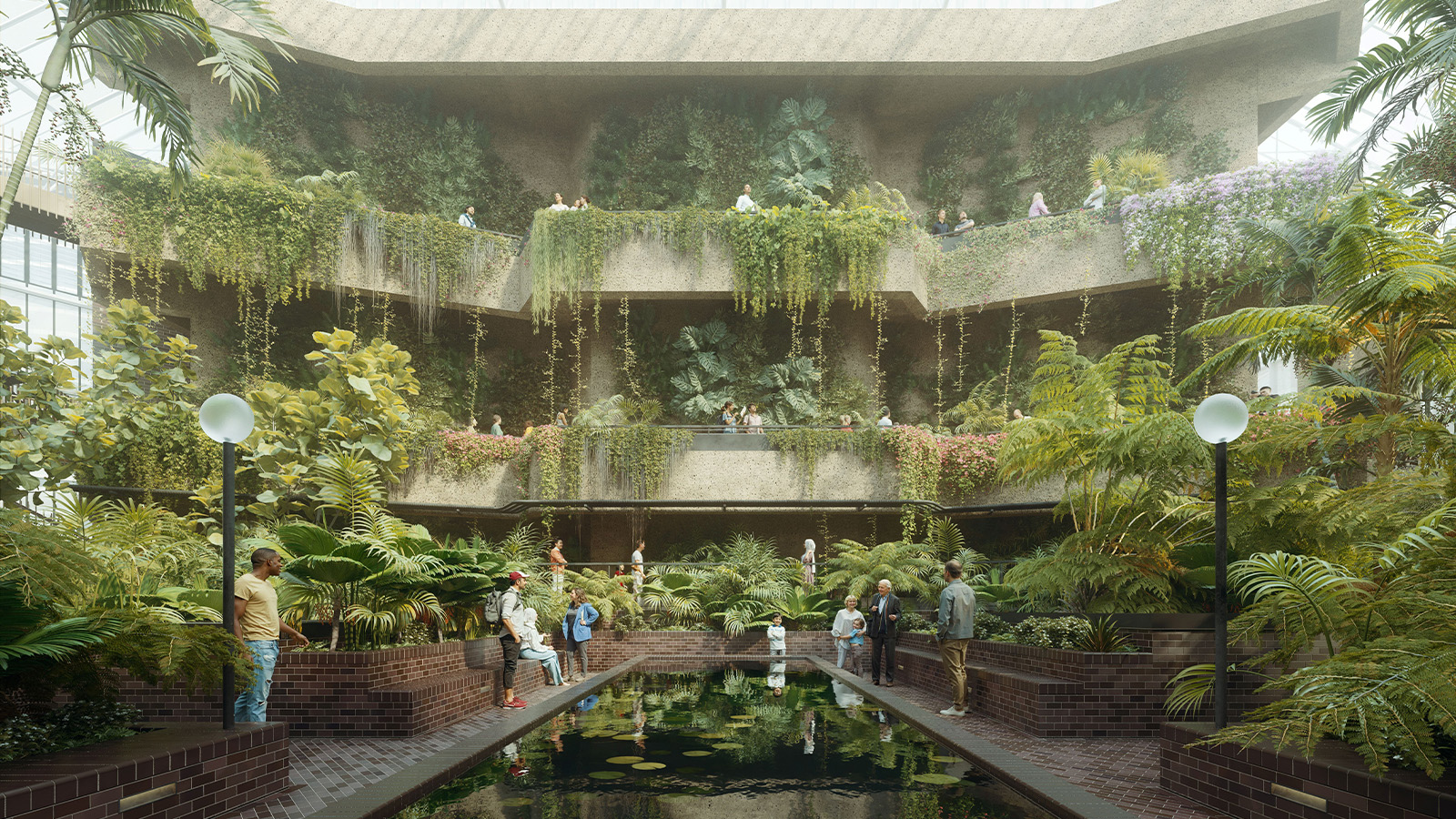 The Barbican is undergoing a huge revamp. Here’s what we know
The Barbican is undergoing a huge revamp. Here’s what we knowThe Barbican Centre is set to close in June 2028 for a year as part of a huge restoration plan to future-proof the brutalist Grade II-listed site
-
 A former agricultural building is transformed into a minimal rural home by Bindloss Dawes
A former agricultural building is transformed into a minimal rural home by Bindloss DawesZero-carbon design meets adaptive re-use in the Tractor Shed, a stripped-back house in a country village by Somerset architects Bindloss Dawes
-
 The Architecture Edit: Wallpaper’s houses of the month
The Architecture Edit: Wallpaper’s houses of the monthFrom wineries-turned-music studios to fire-resistant holiday homes, these are the properties that have most impressed the Wallpaper* editors this month
-
 This modernist home, designed by a disciple of Le Corbusier, is on the market
This modernist home, designed by a disciple of Le Corbusier, is on the marketAndré Wogenscky was a long-time collaborator and chief assistant of Le Corbusier; he built this home, a case study for post-war modernism, in 1957
-
 Louis Kahn, the modernist architect and the man behind the myth
Louis Kahn, the modernist architect and the man behind the mythWe chart the life and work of Louis Kahn, one of the 20th century’s most prominent modernists and a revered professional; yet his personal life meant he was also an architectural enigma
-
 The Architecture Edit: Wallpaper’s houses of the month
The Architecture Edit: Wallpaper’s houses of the monthFrom Malibu beach pads to cosy cabins blanketed in snow, Wallpaper* has featured some incredible homes this month. We profile our favourites below
-
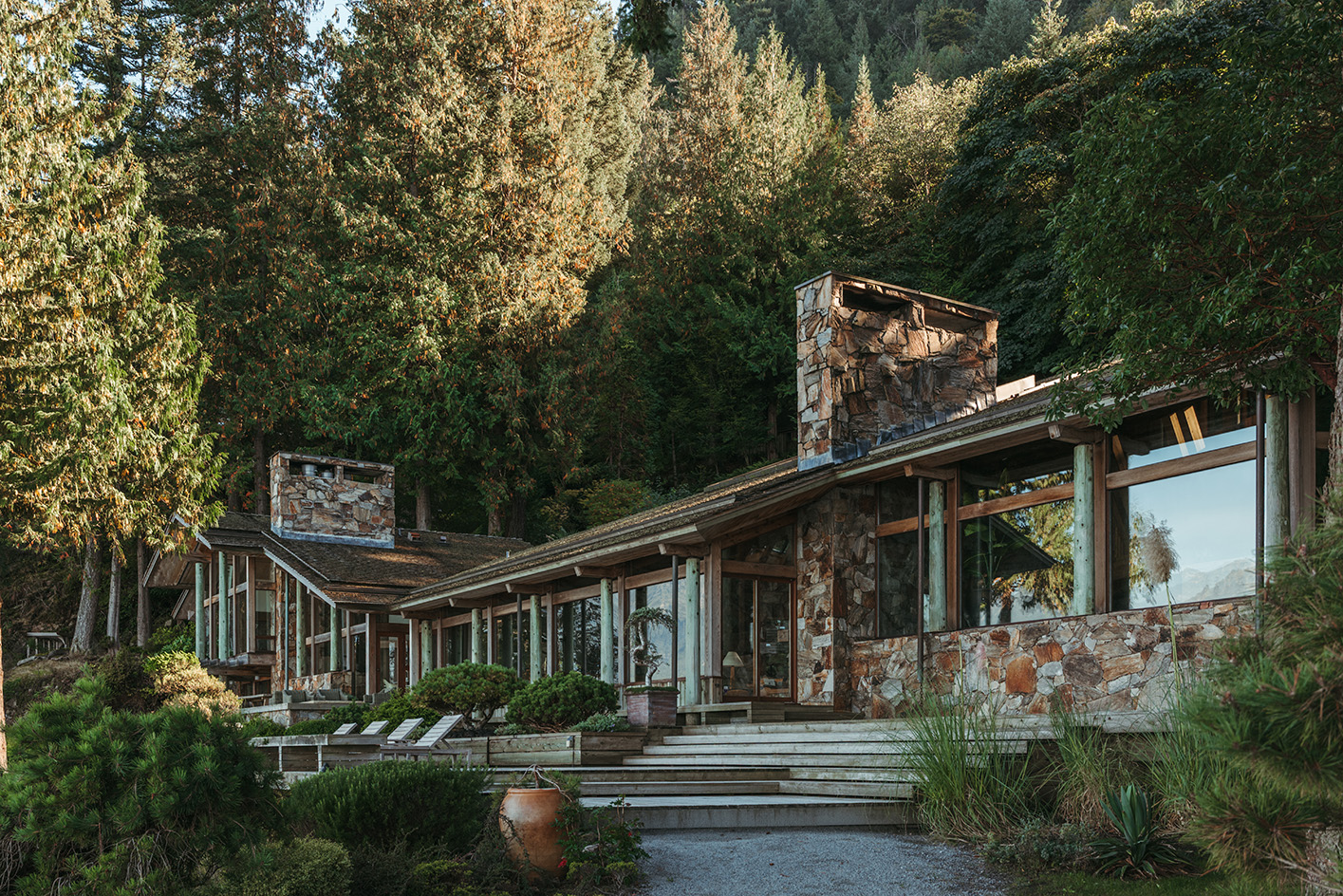 Explore the riches of Morse House, the Canadian modernist gem on the market
Explore the riches of Morse House, the Canadian modernist gem on the marketMorse House, designed by Thompson, Berwick & Pratt Architects in 1982 on Vancouver's Bowen Island, is on the market – might you be the new custodian of its modernist legacy?
-
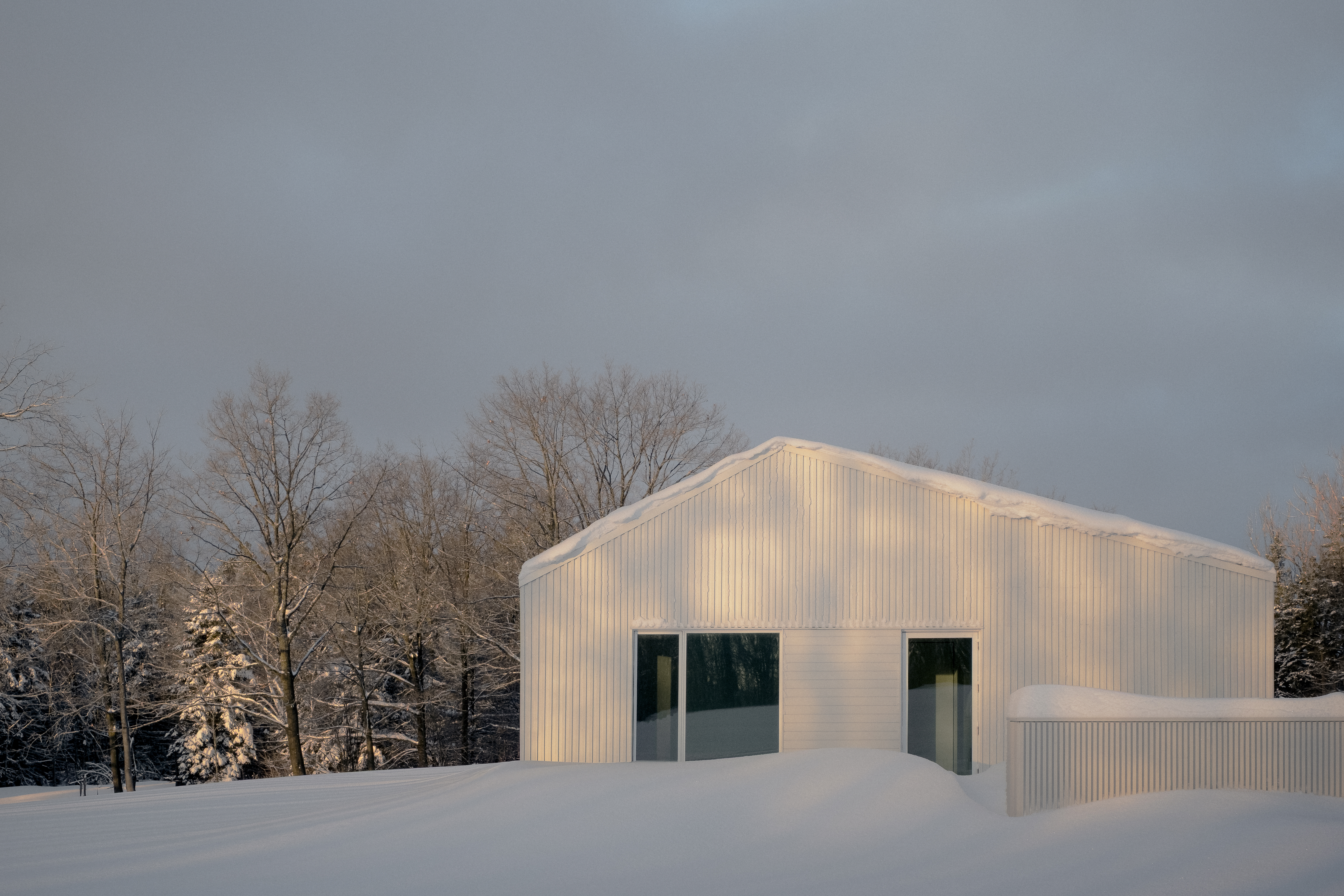 Cosy up in a snowy Canadian cabin inspired by utilitarian farmhouses
Cosy up in a snowy Canadian cabin inspired by utilitarian farmhousesTimbertop is a minimalist shelter overlooking the woodland home of wild deer, porcupines and turkeys
-
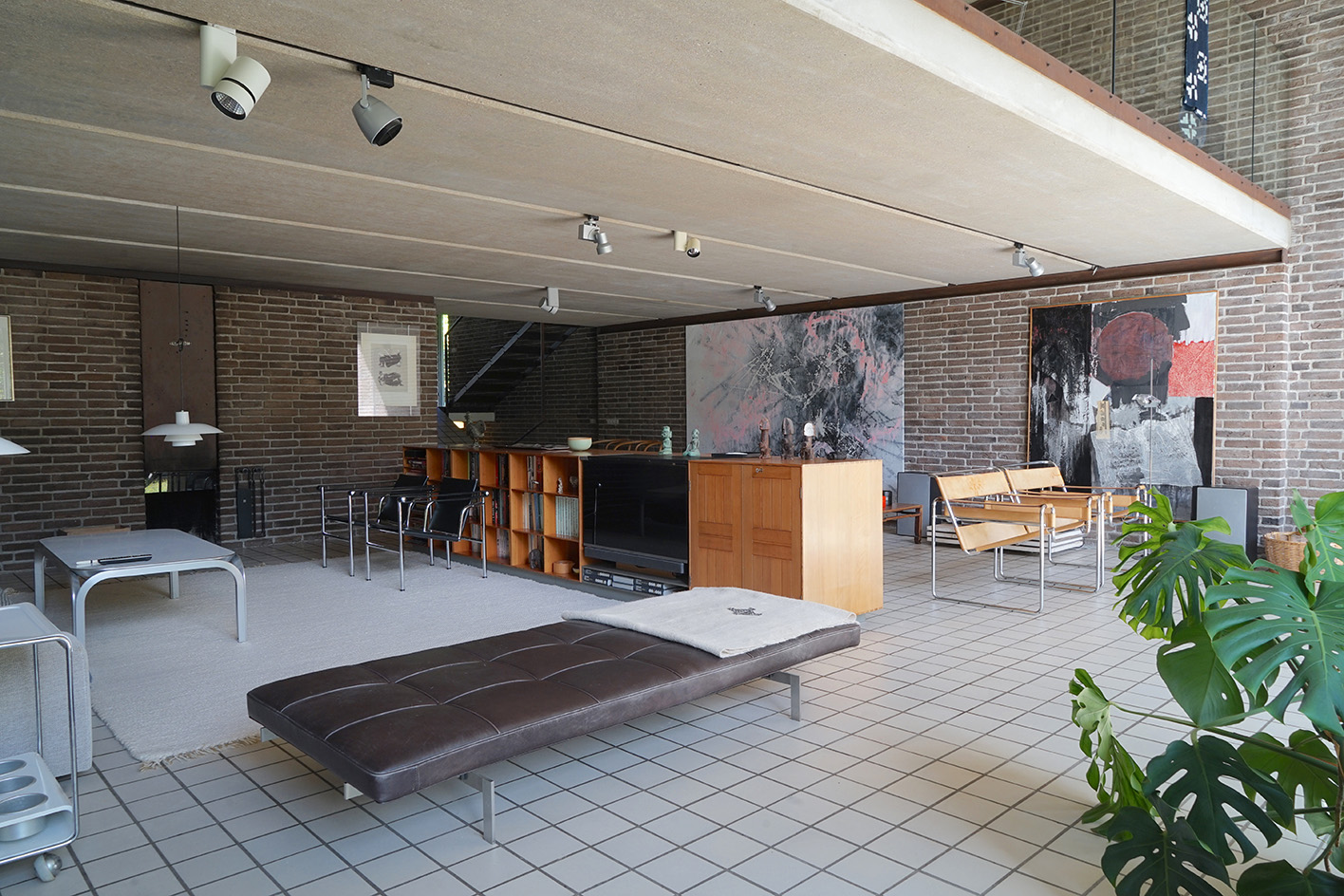 Three lesser-known Danish modernist houses track the country’s 20th-century architecture
Three lesser-known Danish modernist houses track the country’s 20th-century architectureWe visit three Danish modernist houses with writer, curator and architecture historian Adam Štěch, a delve into lower-profile examples of the country’s rich 20th-century legacy
-
 The Architecture Edit: Wallpaper’s houses of the month
The Architecture Edit: Wallpaper’s houses of the monthThis September, Wallpaper highlighted a striking mix of architecture – from iconic modernist homes newly up for sale to the dramatic transformation of a crumbling Scottish cottage. These are the projects that caught our eye